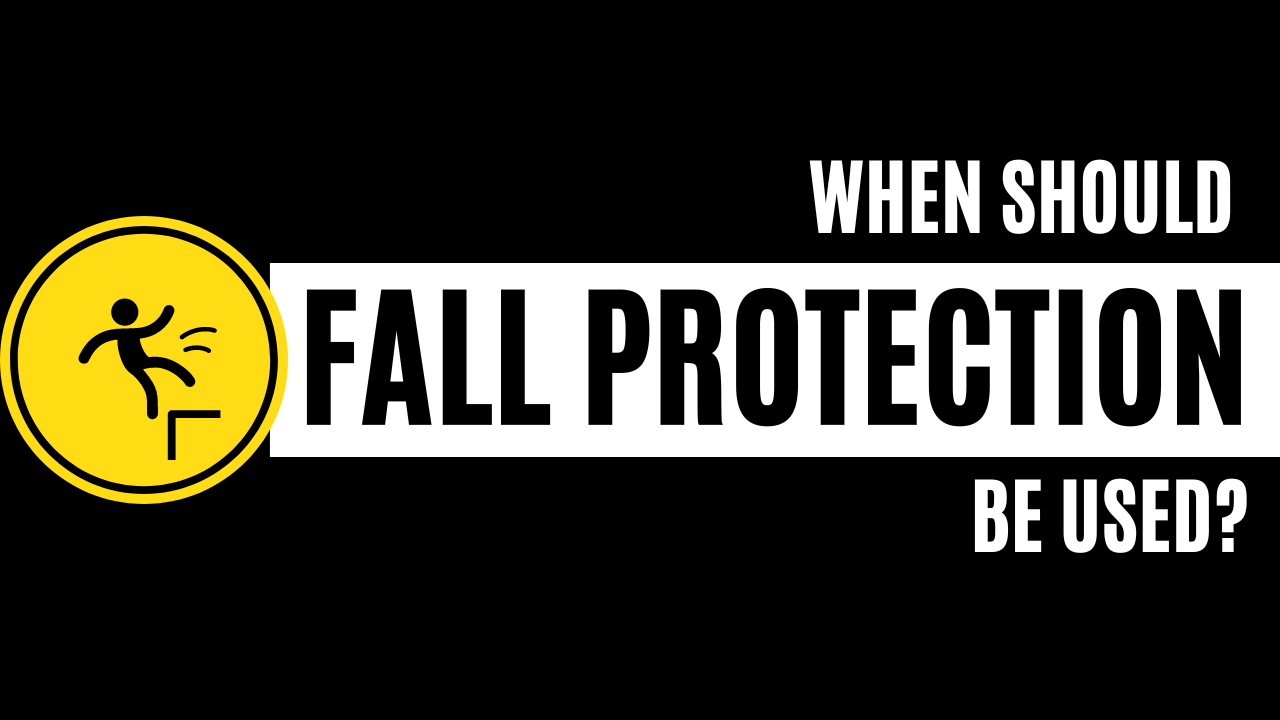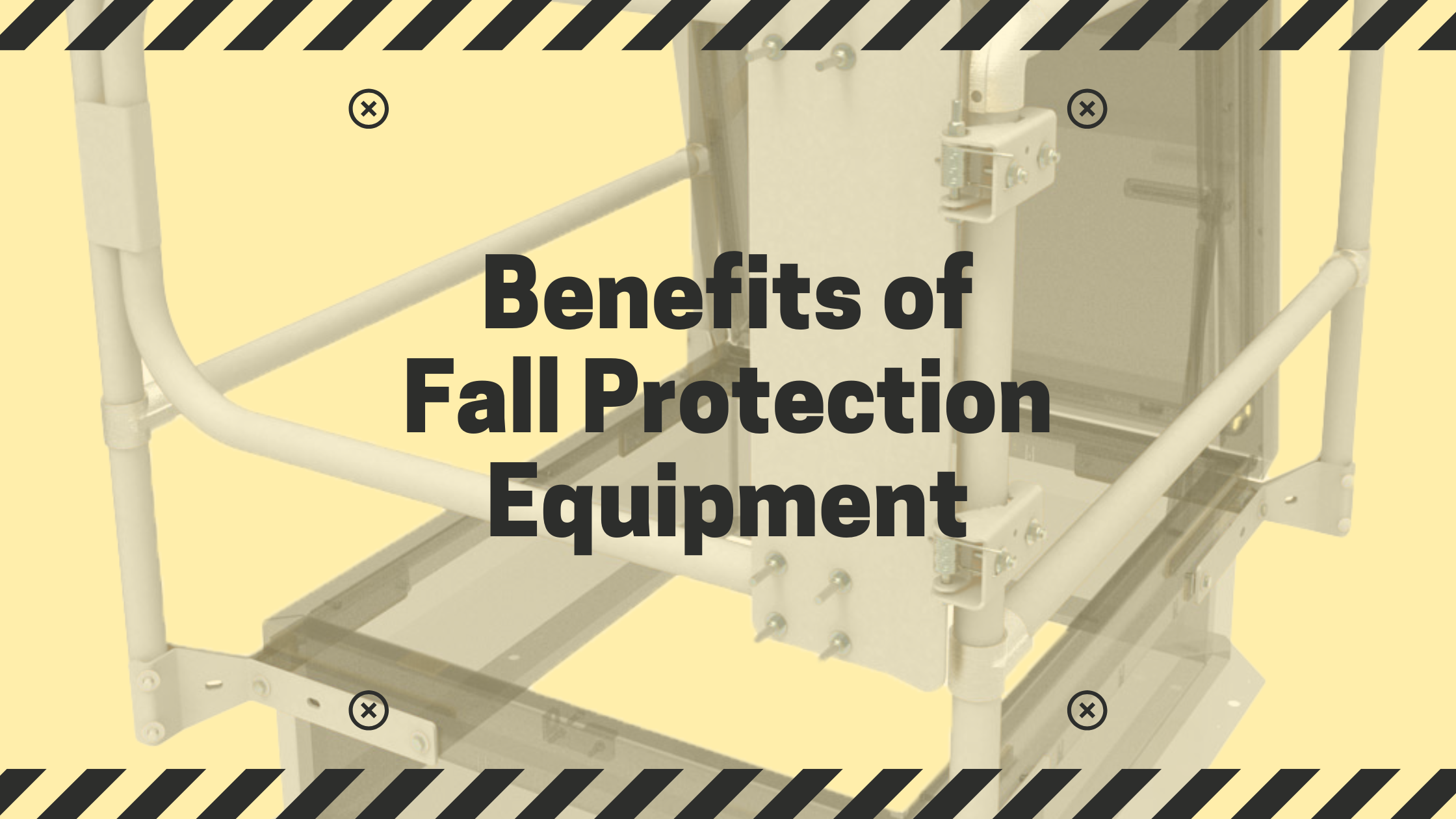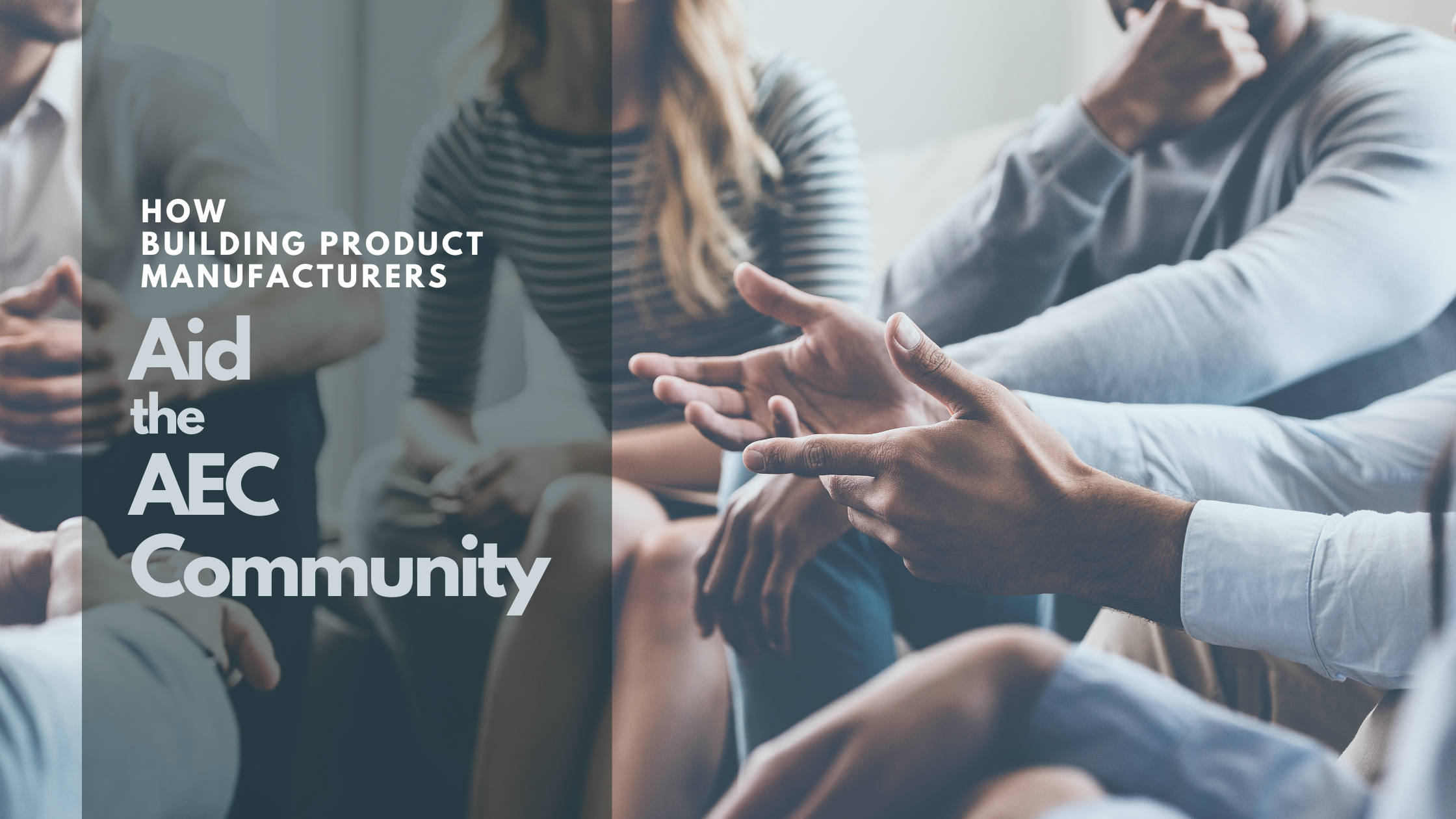When Should Fall Protection Be Used?

Fall protection is a critical aspect of workplace safety.
This is particularly in commercial buildings where employees and contractors often work at heights. Ensuring the safety of everyone involved not only meets regulatory requirements but also fosters a culture of care and responsibility. So, when should fall protection be used in commercial buildings? Let’s explore the scenarios where fall protection is essential and the best practices to implement it.
Understanding Fall Protection
Fall protection encompasses a range of systems and practices designed to prevent falls or mitigate their impact. These include guardrails, safety nets, personal fall arrest systems, and other equipment designed to protect workers from injuries due to falls. The need for fall protection is governed by regulations such as the Occupational Safety and Health Administration (OSHA) standards in the United States, which mandate specific requirements for fall protection based on the height and type of work being performed.
Key Scenarios Requiring Fall Protection
-
Working at Heights: Fall protection is required when workers are at risk of falling from elevated positions, generally at heights of four feet or more in general industry workplaces and six feet or more in construction settings. This includes tasks performed on roofs, scaffolds, ladders, and any raised platforms.
-
Roof Work: Roof maintenance, repair, and installation are high-risk activities. Fall protection must be used
 if workers are near the roof edge, skylights, or any openings. Guardrails, safety rails, safety harnesses, and warning lines are common measures used to protect workers on roofs.
if workers are near the roof edge, skylights, or any openings. Guardrails, safety rails, safety harnesses, and warning lines are common measures used to protect workers on roofs. -
Scaffolding: Scaffolding provides temporary elevated work platforms. OSHA requires that fall protection be provided for employees working on scaffolds more than ten feet above a lower level. This can include guardrails and personal fall arrest systems.
-
Openings and Holes: Openings in floors, roofs, or walls pose significant fall hazards. Coverings, guardrails, or personal fall arrest systems must be used to protect workers from falling through these openings.
-
Loading Docks: Loading docks often involve elevation changes and the movement of heavy equipment and materials. Fall protection measures, such as dock safety gates and visual warning systems, are crucial to prevent falls and injuries.
-
Elevated Work Platforms: Mobile elevated work platforms, such as scissor lifts and cherry pickers, require the use of fall protection equipment like harnesses and lanyards to secure workers while they perform tasks at height.
Best Practices for Implementing Fall Protection
-
Risk Assessment: Conduct a thorough risk assessment to identify potential fall hazards in the workplace. Understanding the specific risks allows for the selection of appropriate fall protection measures.
-
Training: Provide comprehensive training for all employees and contractors on the proper use of fall protection equipment. Training should cover the inspection, maintenance, and correct usage of fall protection systems.
-
Regular Inspections: Regularly inspect fall protection equipment and systems to ensure they are in good working condition. Any damaged or worn-out equipment should be repaired or replaced immediately.
-
Develop a Fall Protection Plan: Create a detailed fall protection plan outlining the measures and procedures for preventing falls. This plan should be communicated to all workers and regularly reviewed and updated.
-
Use of Proper Equipment: Ensure that the fall protection equipment used is appropriate for the specific tasks and complies with regulatory standards. This includes selecting the right type of harness, lanyard, and anchorage points.
Fall protection is an indispensable part of safety management in commercial buildings. By understanding when and where fall protection is necessary, and by implementing best practices, employers can create a safer work environment and prevent accidents and injuries. Remember, investing in fall protection is not just about compliance—it's about protecting lives.
Nystrom offers OSHA-compliant fall protection safety products including safety railings, safety posts, safety nets, safety grating and safety bars. These products complement the roof hatch, smoke vent and floor door product lines. To learn more, visit our website or contact Customer & Sales Support.





